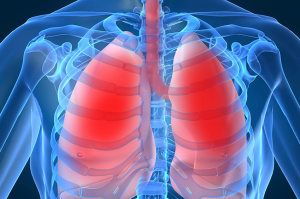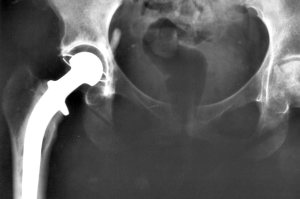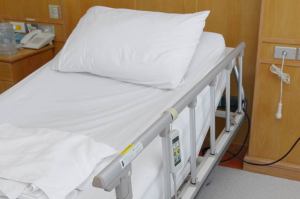Early one morning in late August, an 82-year-old woman wandered away from her Batesburg, SC, nursing home. She was found nearly eight hours later; fortunately, she was unharmed. If this incident had occurred during winter weather, or if she had wandered into the path of a vehicle, the outcome could have been tragic.
In elder care terminology, this nursing home resident “eloped.” The National Institute for Elopement Prevention and Resolution defines elopement as “when a patient wanders away, walks away, runs away, escapes, or otherwise leaves a care-giving facility or environment unsupervised, unnoticed, and/or prior to their scheduled discharge.” Another term sometimes used is “critical wandering.”




 With November being Lung Cancer Awareness Month and the 20th being designated as the Great American Smokeout, a day on which smokers are encouraged to make a plan to quit, we were especially interested to learn that South Carolina ranks third worst in the nation for combating lung cancer, according to a survey by Wallet Hub.
With November being Lung Cancer Awareness Month and the 20th being designated as the Great American Smokeout, a day on which smokers are encouraged to make a plan to quit, we were especially interested to learn that South Carolina ranks third worst in the nation for combating lung cancer, according to a survey by Wallet Hub. When I get older, losing my hair, many years from now
When I get older, losing my hair, many years from now At the annual conference of the American Academy of Orthopaedic Surgeons earlier this year, Mayo Clinic researchers reported that 2.5 million Americans are living with artificial hips, surgically implanted when their natural joints degenerated or were fractured. Most of these patients found themselves with a new lease on life after their surgery, able to resume the normal activities they had enjoyed before their hips gave out. For thousands, however, the hip replacement devices led to disappointment, debilitating pain, and do-over surgery.
At the annual conference of the American Academy of Orthopaedic Surgeons earlier this year, Mayo Clinic researchers reported that 2.5 million Americans are living with artificial hips, surgically implanted when their natural joints degenerated or were fractured. Most of these patients found themselves with a new lease on life after their surgery, able to resume the normal activities they had enjoyed before their hips gave out. For thousands, however, the hip replacement devices led to disappointment, debilitating pain, and do-over surgery.
 We usually expect an increased number of car accidents during certain seasons – winter and the summer vacation period being two – but we’re coming up on another season in which roads can be hazardous . . . deer season.
We usually expect an increased number of car accidents during certain seasons – winter and the summer vacation period being two – but we’re coming up on another season in which roads can be hazardous . . . deer season.